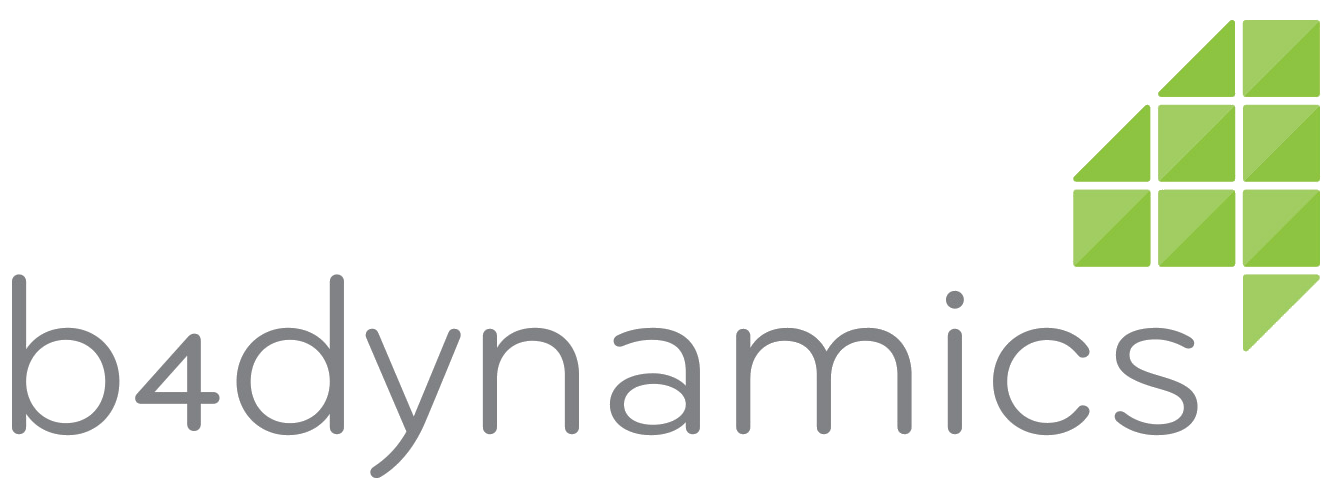What is an ERP?
ERP stands for Enterprise resource planning and refers in our context to an ERP software system. ERP software is developed to manage main business processes like finance and supply chain processes and many other business activities.
The software collects, stores, manages, and interprets data and provides an integrated and continuously updated view of core business processes using common databases maintained by a DMS .
- cash
- raw material
- purchase order
- production capacity
- logistics
- inventory
Status of business commitmants that can be tracked are:
- orders,
- purchase orders, and
- payroll
The software sytem enables companies to share data across various divisions, all business functions and manages connections to partners outside.
The goal of an ERP implementation is to streamline processes, integrate the various systems, error-free transactions and production, thereby increasing the efficiency of the company.
Microsoft Dyamics ERP systems run on a variety of hardware sytems and network configurations, using an SQL database as information source. For more information see THIS FAQ
Normally, ERP systems are tailored to the exact needs and processes of the respective company. Microsoft Dynamics offers a variety of individual modules in the areas of Operations (Finance, Supply chain management, HR, Project Operations) and CE (Sales, Customer Service, Field Service, Marketing, Commerce). By selecting the Operations modules needed, an initial tailoring to the company requirements takes place, which subsequently can be linked and connected to CE business areas like marketing, sales, support, etc. through the additional integration of CE modules if needed. Further adjustments such as the selection of required data, automations, statistics, etc. take place during and beyond the implementation process.
In addition, other Microsoft products are available that can be seamlessly integrated, such as Power Apps, Power Automate, Sharepoint, Teams and the Office applications.


